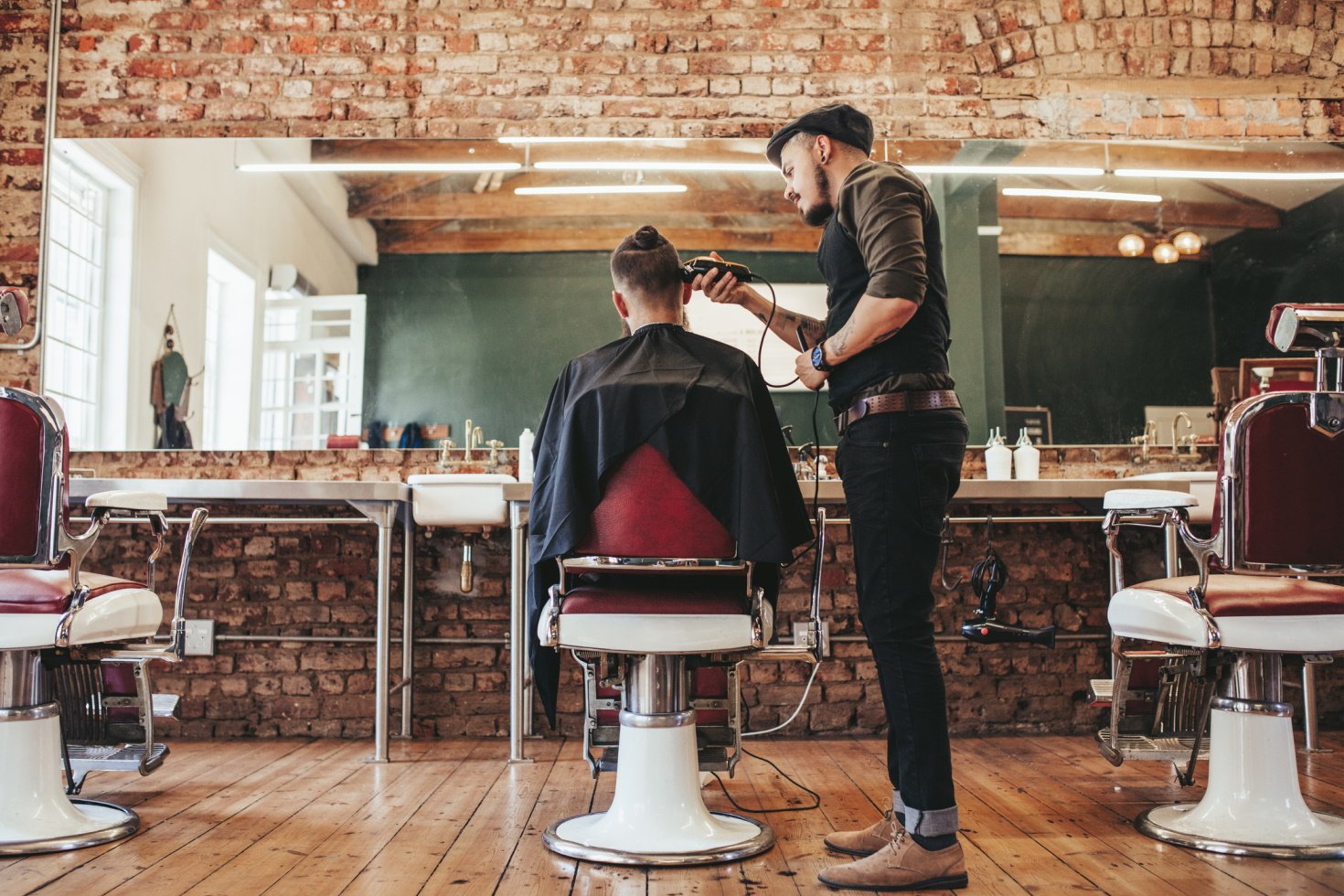Barbershops have always been more than just places to get a haircut. They’ve served as community hubs, symbols of style, and reflections of culture throughout history. From ancient traditions to today’s modern grooming lounges, the barbershop has evolved into a unique blend of craftsmanship and lifestyle.
Ancient Beginnings
The role of the barber dates back thousands of years. In ancient Egypt, barbers were highly respected, often performing rituals and shaving priests for religious ceremonies. In Greece and Rome, barbershops became popular meeting spots where men gathered not only for grooming but also to exchange news, gossip, and debate politics.
The Barber-Surgeon Era
During the Middle Ages, barbers were known as barber-surgeons. They did much more than cut hair — they performed bloodletting, tooth extractions, and even minor surgeries. The iconic red-and-white barber pole comes from this era, symbolizing blood (red), bandages (white), and veins (blue in some countries).
The Rise of the Community Barbershop
By the 19th and early 20th centuries, barbershops became essential fixtures in towns and cities. They offered affordable haircuts, shaves, and social interaction. For many men, the barbershop was a “third place” — not home, not work, but a welcoming space for camaraderie.
Barbershops in Modern Culture
In the mid-20th century, barbershops began to face competition from salons, but they remained important cultural spaces. Particularly in African-American communities, barbershops became centers of conversation, culture, and identity. They were places where style and community came together.
Today’s Barbershop: A Blend of Old and New
Modern barbershops combine classic traditions with contemporary style. While the hot towel shave, straight razor, and vintage chairs remain, today’s shops also feature craft coffee, modern grooming products, and stylish interiors. The experience has shifted from a simple haircut to a lifestyle service.
Why Barbershops Still Matter
Barbershops endure because they’re not just about grooming — they’re about connection. They represent tradition, skill, and style while adapting to the needs of the modern man. From a quick trim to a full grooming ritual, the barbershop continues to be a space where men can look sharp and feel confident.
Final Thoughts
The history of the barbershop is a journey from ancient rituals to modern sophistication. What hasn’t changed is its role as a place where men come together — for style, for conversation, and for community. As trends come and go, the barbershop remains a timeless institution.

